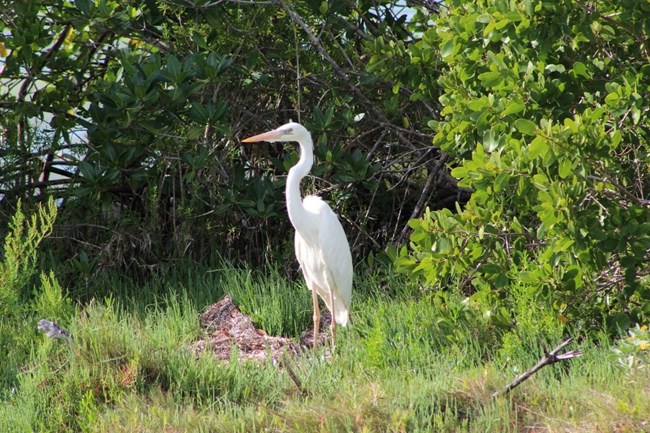Learn about NRCAs
The Natural Resource Condition Assessment (NRCA) Program provides framework, funding, and publishing support to parks to aid in the synthesis and documentation of natural resource conditions. Condition assessment reports are a tool to describe selected park resources, and record a snapshot of their current condition, identify trends, and identify potential or current threats and stressors. Understanding the condition and trend of natural resources is key for parks and NPS planners to appropriately prioritize and allocate stewardship resources.

NPS photo
Traditional NRCA Report: 2019
In order to better understand the natural resources present in the park, a Natural Resource Condition Assessment was written and published in 2019. National Park Service staff examined available data and park needs, and evaluated the condition of indicators within eight resource topics:
- Landscape dynamics |
||
- Hydrology |
||
- Nutrients and contaminants |
||
- Fire and fuel dynamics |
||
- Soils |
||
- Inland and coastal biological integrity |
||
- Florida Bay and marine biological integrity |
||
- Human experience |
One significant challenge to nearly all of the biological assessments in this NRCA is that they are not fully quantitative. A second type of gap that is conspicuous across most of the biological resource assessments is the absence of explicit use of species community composition information to assess status and trends. Considerable quantities of natural resources remain, and some are clearly improving, but there are clear signs that further deterioration is likely unless there is an effective and timely effort to address the challenges that exist. Given the large spatial scale across which challenges occur, it is essential that solutions are developed with and understood by a broad set of stakeholders in cooperation with the National Park Service.
For other reports and natural resource datasets visit the NPS Data Store.
Source: NPS DataStore Collection 7765 (results presented are a subset). To search for additional information, visit the NPS DataStore.
Last updated: June 29, 2022
